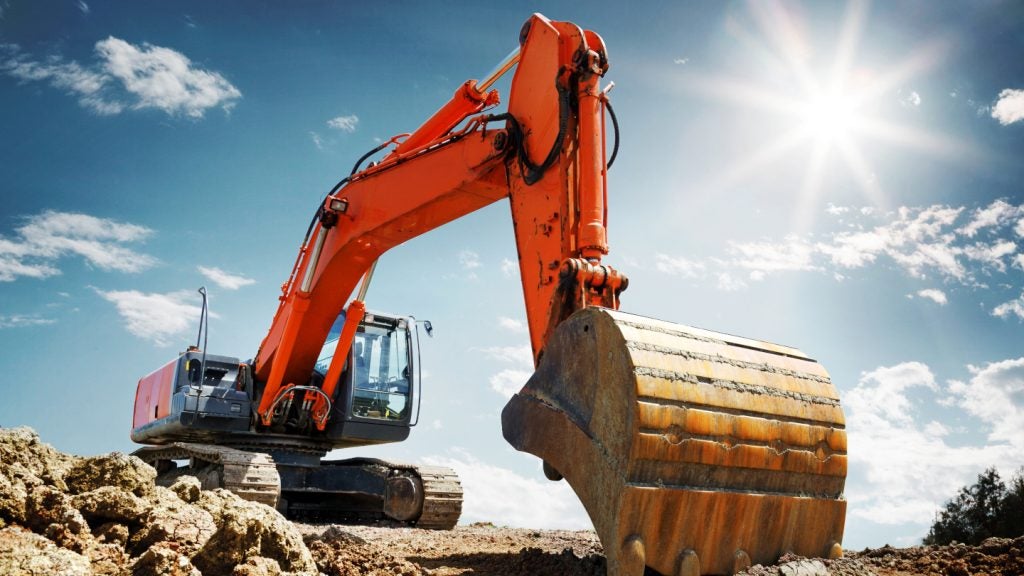The Kidd Creek copper/zinc mine is located near Timmins in Ontario, Canada. Along with copper and zinc, it produces indium, silver-bearing slimes, nickel-copper carbonate, liquid SO₂ and sulphuric acid.
Kidd Creek is 100% owned and operated by Xstrata plc, which acquired the complex through its take-over of the former owner, Falconbridge Ltd, in 2006. In May 2013, Glencore acquired Xstrata, upon which all assets ownership was transferred to Glencore.
The operations incorporate two business units, namely Kidd Mining Division and Kidd Metallurgical Division. The Kidd Mine is the world’s deepest base-metal mine with mining activities being carried out at 9,600ft and shaft bottom at 9,889ft below sea level.
In 2020, Kidd Creek produced 62.5kt of zinc in concentrates, 34kt of copper in concentrates and 2,125koz of silver in concentrates.
Geology and reserves
Kidd Creek is based on a rich, steeply dipping volcanogenic sulphide deposit located in the Archaean Abitibi greenstone belt. There are two major orebodies with associated smaller lenses. The ore is hosted in felsic rocks of the Kidd Volcanic Complex and is cut by mafic sills and dykes. Structural deformation from several phases of folding and faulting affects the distribution of sulphide lenses.
Three ore types predominate, namely massive, banded and bedded (MBB) ores (pyrite, sphalerite, chalcopyrite, galena and pyrrhotite), breccia ores containing fragments of the MBB ores, and stringer ores consisting of irregular chalcopyrite stringers cutting a siliceous volcaniclastic host.
The proven and probable reserves at the Kidd Creek operations as of December 2020 were estimated at 5Mt grading 3.6% Zinc (Zn), 1.8% Copper (Cu) and 44g/t of silver (Ag).
Underground mining
The mine started production in 1966 from an open pit. The mining operations are carried out through two separate shafts known as number two and number four.
By the end of 2005, Kidd Creek had spent C$518m on the development of its Mine D area below the existing mines. Commissioning began in 2004, with Mine D scheduled to increase the operation’s capacity to 2.4Mt/y of ore. Transition to the new mine area was 90% complete by the end of 2005, with a total project budget of C$68m.
The Mine D number four shaft was completed in December 2011 for $111m to expand the mining zone from 9,100ft to 9,600ft to extend operations by at least two years to the first half of 2018.
Blasthole stoping with cemented backfill is used to extract the ore underground, Kidd Creek being the world’s second-largest user of cemented backfill (after Mt Isa in Australia). Blastholes are drilled using Ingersoll Rand, Mission and Cubex drills and the broken ore is hauled underground by Tamrock load-haul-dump units. The hoisting shafts are equipped with an ABB hoist automation system, which has significantly increased the efficiency of raising ore from depth.
Processing
The run-of-mine ore is shipped to the Metallurgical Division, 27km south-east of the mine. This division consists of a concentrator, copper smelter and refinery, zinc refinery, cadmium plant, indium plant and two sulphuric acid plants.
The Kidd concentrator crushes and grinds the ore before flotation. Zinc concentrates are roasted, and the sulphur oxides and trioxides are passed to the sulphuric acid plant. The zinc calcine is leached and then the zinc-rich solution is processed in a purification stage where cadmium is extracted. The purified zinc-rich solution is sent to the electrolysis plant where zinc is plated onto aluminium cathodes. Indium, zinc and copper are recovered from smelter dust processed in the indium plant.
The smelter has a capacity of 150,000t/y of blister copper, which is then refined at the company’s 147,000t/y-capacity refinery. Silver-bearing slimes are also produced and shipped to other facilities for processing.
The zinc plant has a capacity to produce 147,000t/y of zinc metal, with the Kidd Mining Division supplying 61% of the feed and the rest coming from outside sources. In 2004, the Kidd smelter produced 121,557t of zinc and 115,578t of copper.
Kidd Creek is also processing ore from the company’s Montcalm nickel-copper mine, which began production in 2004.
Custom feed
Kidd Metallurgical Division’s custom feed business processes concentrate from outside Kidd Mining in order to ensure that the smelters and refineries run at full capacity. Outside imports include concentrates from Sudbury, Collahuasi, Minera Escondida Ltda and others while zinc comes from Billiton Metals Canada and other sources.
Developments
A strategic planning process called 2020 Vision was initiated in 2011 to improve operations and cut costs, which resulted in the implementation of a strategic plan that led to a mine life extension to 2020. The mine life has since then been extended to early 2022 through effective cost management and the implementation of automation and ventilation on demand.










